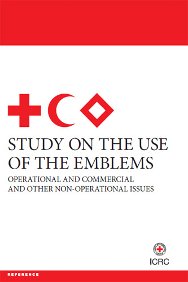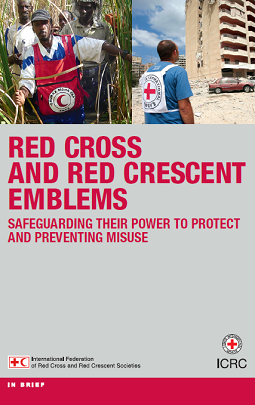Description
For nearly 150 years, the emblem of the red cross against a white background has served as an internationally recognized symbol and the visible expression of the neutral assistance and protection to which the wounded and sick are entitled in times of armed conflict. Today, the red cross, together with the red crescent, has also come to symbolise the independent, neutral and impartial action undertaken by the components of the International Red Cross and Red Crescent Movement (the Movement) to prevent and alleviate human suffering during humanitarian crises. In response to a request formulated in the Strategy for the Movement adopted by the Council of Delegates in 2001, the ICRC launched a study, aiming to ensure greater respect for the emblems at all times, and in particular to preserve and reinforce their protective value. The study entailed an extensive process of consultation led by the ICRC, with governmental and military experts, and with National Societies worldwide; its findings are encompassed in the ICRC Study on Operational and Commercial and other Non-operational Issues Involving the Use of the Emblems (Emblem Study). The objective of the Emblem Study was not to create new law. Basing itself on international humanitarian law treaties and on relevant Movement regulations, it aimed to promote a common understanding of and to address the most difficult issues and commonly asked questions relating to the use of the emblem by States and other actors, and within the Movement. The Emblem Study was first presented to the Council of Delegates in 2007 and its final version submitted to the 2009 Council of Delegates in Nairobi, which welcomed this new document and invited all National Societies to make use of its conclusions and recommendations. It is intended to serve as a tool and source of reference for governmental authorities, armed forces and other weapon-bearers, parties concerned in the private sector and in civil society, as well as for the components of the Movement.









